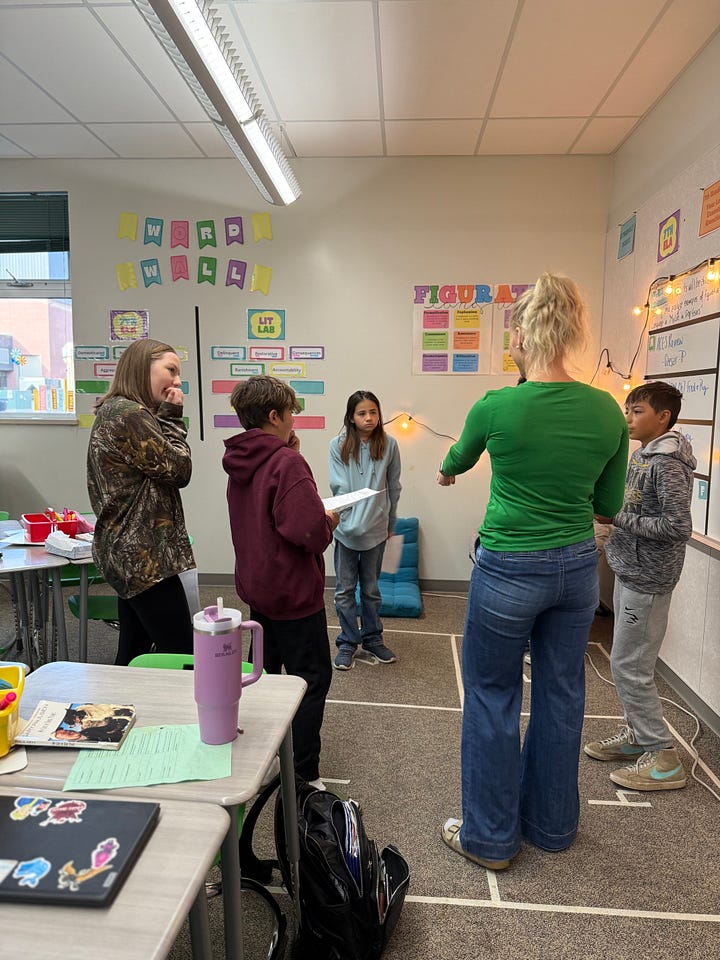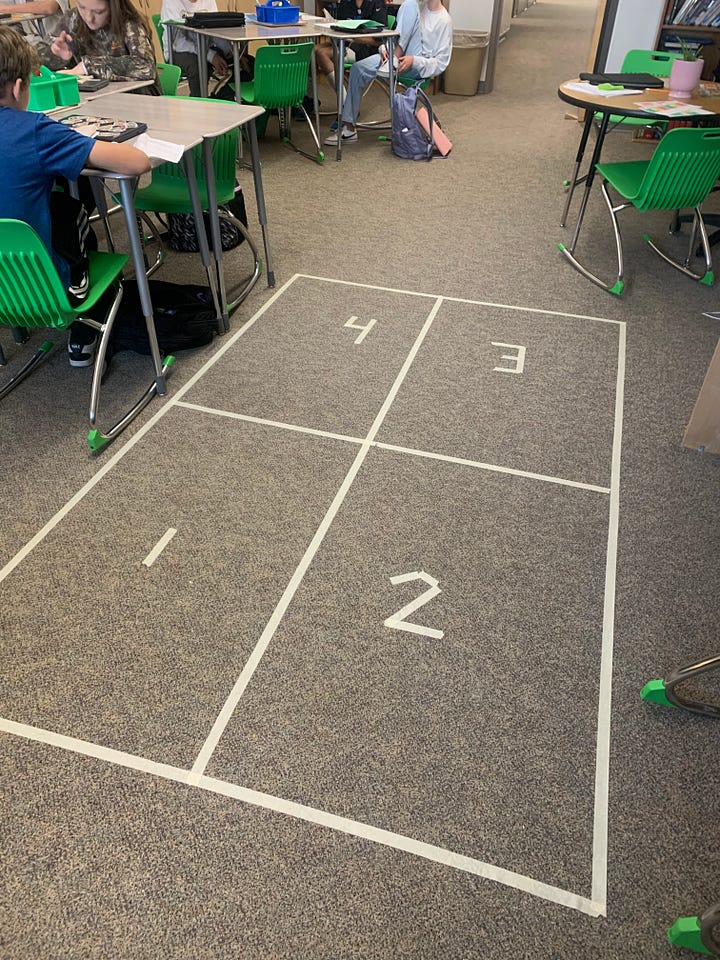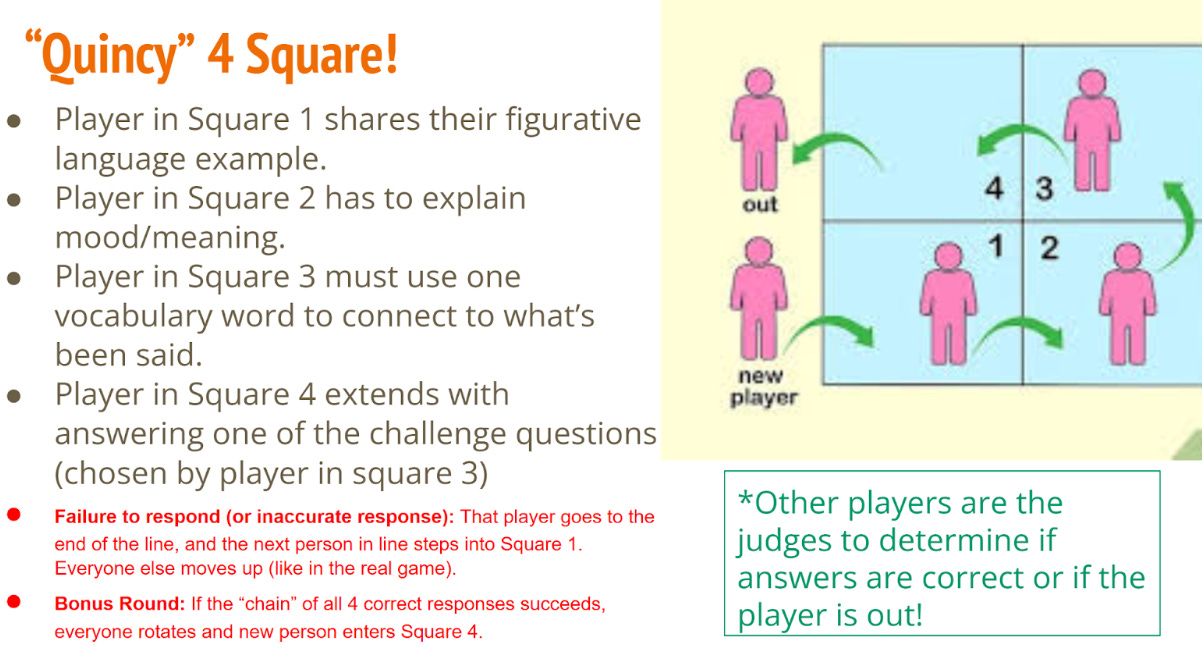What does the science of reading look like in high/middle school (part 4 of many)?
What does the science of reading or structured literacy look like in high school or middle school? We get this question a lot…and the truth is, there is no ONE way to answer it, but we can still try. In this series, we will highlight high-impact, replicable instructional practices and routines that are relevant to high school and middle school English/ELA classes.
The Context:
For our first unit of the year for 7th grade ELA, we read Gary Paulsen’s My Life in Dog Years. The book is chalk full of figurative language and mood shifts. For students to truly appreciate and understand the text they need to identify and comprehend figurative language.
I recently read the book Powerful Teaching: Unleash the Science of Learning by Patrice Bain and Pooja K. Agarwal. In it, they share countless classroom strategies and ideas based on these four concepts: retrieval practice, spacing, interleaving, and feedback-driven metacognition. So as we worked our way through the unit, I tried to keep their ideas in mind and incorporate some of the strategies into regular instruction.
The Challenge:
My class makeup this year has some inherent challenges: large class sizes, many struggling or resistant readers, some behavioral concerns, and several students with various learning disabilities and struggles with attention. So, I knew I needed to get creative with this unit and build in new scaffolds to help students access the text (and maybe even enjoy reading it along the way).
Earlier in the unit, I also noticed that students participated and engaged more when we played games. During an earlier chapter in the book, I decided to make bingo cards with hints about what page students could find various pieces of figurative language in the text. While we read, students stopped to write quotations that correctly identified everything from similes and metaphors to hyperbole and alliteration, in addition to examples of one of our unit vocabulary words.
Over the course of the unit, my students became skilled at correctly identifying examples of figurative language in the text. But as we reached the end of the memoir, they needed to prepare for an end of unit assessment and essay where they would not only identify figurative language but also analyze the mood it creates. I needed a new game!
The Solution:
Thus, Figurative Language 4-Square was born! Here’s how it worked
Students completed a graphic organizer before the game, where they identified examples of figurative language, explained it, connected it to previous examples using unit vocabulary, and extended their thinking by answering a “challenge question.” See completed organizer examples here and here.
Players play! Rules below.
What did this look like in practice? Basically, students had a mini-Socratic Seminar, where they actively engaged in a group discussion of a text, listened to one another, agreeing and disagreeing, and citing textual evidence to support their interpretations. It leads me to think there is a way to gamify Socratic Seminars as well (more on that in the future!). See for yourself! We had three games going at once to maximize student participation.
Takeaways:
This approach emphasizes the important role of discussion as rehearsal for writing and the value of backward design in lesson planning. The next week students were asked to write a three paragraph essay in which they identified and analyzed figurative language and mood in the final chapter of My Life in Dog Years (cold read) in order to explain the impact the dog had on Gary’s life. Because they had the opportunity to test out their thinking orally, it primed them for the higher level skill of taking their interpretation of the text and putting it into academic writing.
It’s important to note that this practice came on the heels of a unit where we read an entire memoir, cover to cover. I saw real value in the students tracking key themes, ideas and vocabulary throughout a unit and over the course of 5 weeks. This wouldn’t have happened if we were reading excerpts. We needed to read a whole book. Doug Lemov discusses the importance of reading entire books in his new book Teach Like a Champion Guide to the Science of Reading.
Students engaged in the metacognitive process of reflecting on which unit skill (which square) they struggled with most in order to prioritize some additional independent practice through our online unit module before assessment week arrived. This put them in the driver’s seat to identify their strengths and weaknesses and do something about it.
The scalability and transfer opportunities of this approach are endless! Nearing the end of a unit, teachers can simply identify the skills and standards students have been practicing and will need on an end of unit assessment. Then, think about your students. What motivates them? What games do they love? Last, create the rules and adapt the game to reinforce those skills in a fun and rigorous way.
Finally, for a group of students that has struggled to engage with ELA content, this approach seemed to motivate them to understand the content, demonstrate skills proficiency, and win the game!
Anecdote: The day before we played 4-square I had six football players in my room for after school tutoring to work on the game prep sheet. One of them said, “We’ve got to get this done so we can win tomorrow!”






Absolutely magnificent Faith! The skill and intentionality of the scaffolding makes these complex tasks accessible for all students but they are still the ones doing the thinking. For the graphic organizer pre work, did you provide a word bank or cheat sheet for figurative language and mood words ?
This looks awesome, thank you for sharing this. I’m going back into a year 9 English class and this has given me ideas for next year.